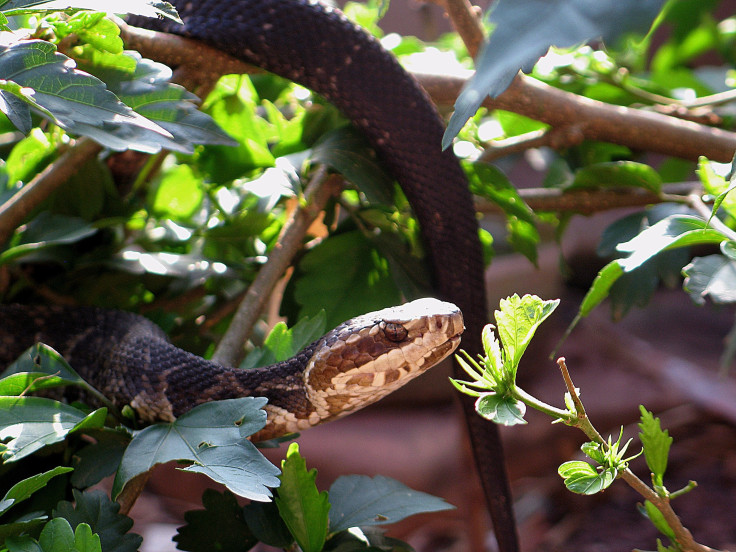A rare iridescent snake has been unearthed in Vietnam. Researchers from the Smithsonian’s National Museum of National History and the Institute for Ecology and Biological Resources at the Vietnam Academy of Science and Technology said the newly discovered species of snake was discovered in the Ha Giang province following a yearlong surveillance of the karst forests in Northern Vietnam.
In a paper published by the researchers, they described the new species of snake as part of a rare genus of burrowing snakes branching from the evolutionary tree earlier than most other groups. Because the new snake looks and behaves unlike most other snakes, the scientists believe it could help piece together key information about snake evolution.
Named Achalinus zugorum in honor of the Smithsonian’s retired reptile and amphibian curator George Zug, the new species of snake was discovered while the researchers waded through creeks and hiked through jungles during the summer. One evening, they spotted an unusual snake on the road, characterized by its dark, iridescent coloration and small, ridged scales.
The researchers said the snake’s strange appearance made it difficult for them to classify it at first, but later that night they realized it belongs to the rare genus Achalinus. “It’s part of a group of species that has some odd characteristics,” said Dr. Kevin de Queiroz. “These snakes have fairly small scales, with skin exposed between them,” he added.
The scientists also revealed that while they do not know much about the snake’s behavior, its physical traits suggest that it burrows underground or beneath leaves. Their subterranean lifestyle particularly makes it hard for scientists to find them.
“In 22 years of surveying reptiles in Vietnam, I have collected only six odd-scaled snakes,” said Dr. Truong Nguyen. “This is one of the most poorly studied groups of reptiles,” he added.
The scientists started surveying the forests of Vietnam in the summer of 2019 to learn more about its species diversity. The research supports the broader mission of the Global Genome Biodiversity Network to sequence the DNA of as many species of animals as possible within the next few years.

© 2025 Latin Times. All rights reserved. Do not reproduce without permission.



